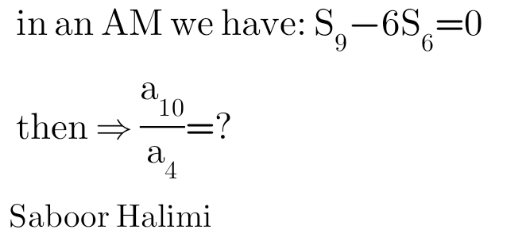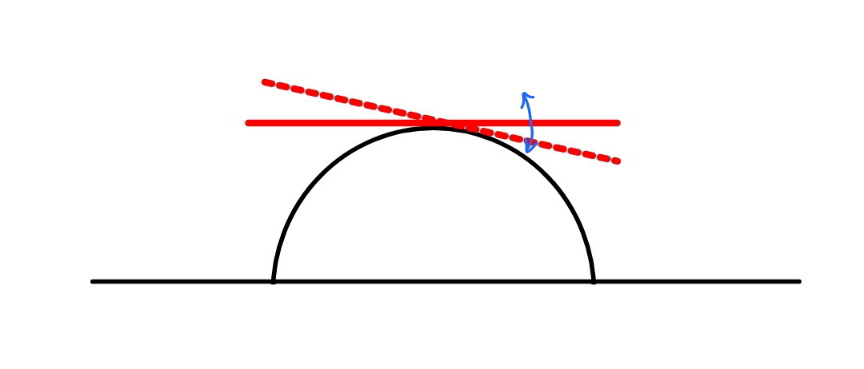
AllQuestion and Answers: Page 445
Question Number 175008 Answers: 0 Comments: 2
Question Number 175023 Answers: 0 Comments: 0
Question Number 175004 Answers: 0 Comments: 1

Question Number 175000 Answers: 1 Comments: 1

Question Number 174983 Answers: 0 Comments: 3

Question Number 174982 Answers: 2 Comments: 0

Question Number 174981 Answers: 0 Comments: 1

Question Number 174975 Answers: 1 Comments: 0

Question Number 174974 Answers: 1 Comments: 0

Question Number 174965 Answers: 1 Comments: 0
$$\:\:\:\:\:\:\int\:\frac{{x}+\mathrm{sin}\:{x}}{\mathrm{1}+\mathrm{cos}\:{x}}\:{dx}\:=? \\ $$
Question Number 174963 Answers: 3 Comments: 1

Question Number 174960 Answers: 1 Comments: 0
Question Number 174951 Answers: 1 Comments: 0
Question Number 174950 Answers: 1 Comments: 0
Question Number 174933 Answers: 1 Comments: 0

Question Number 174928 Answers: 3 Comments: 0
Question Number 174915 Answers: 1 Comments: 0
Question Number 174939 Answers: 1 Comments: 0
Question Number 174938 Answers: 0 Comments: 0
Question Number 174940 Answers: 0 Comments: 1
Question Number 174902 Answers: 1 Comments: 0

Question Number 174896 Answers: 0 Comments: 0
Question Number 174888 Answers: 1 Comments: 0

Question Number 174884 Answers: 1 Comments: 0

Question Number 174883 Answers: 2 Comments: 0
Question Number 174879 Answers: 0 Comments: 7
Pg 440 Pg 441 Pg 442 Pg 443 Pg 444 Pg 445 Pg 446 Pg 447 Pg 448 Pg 449
